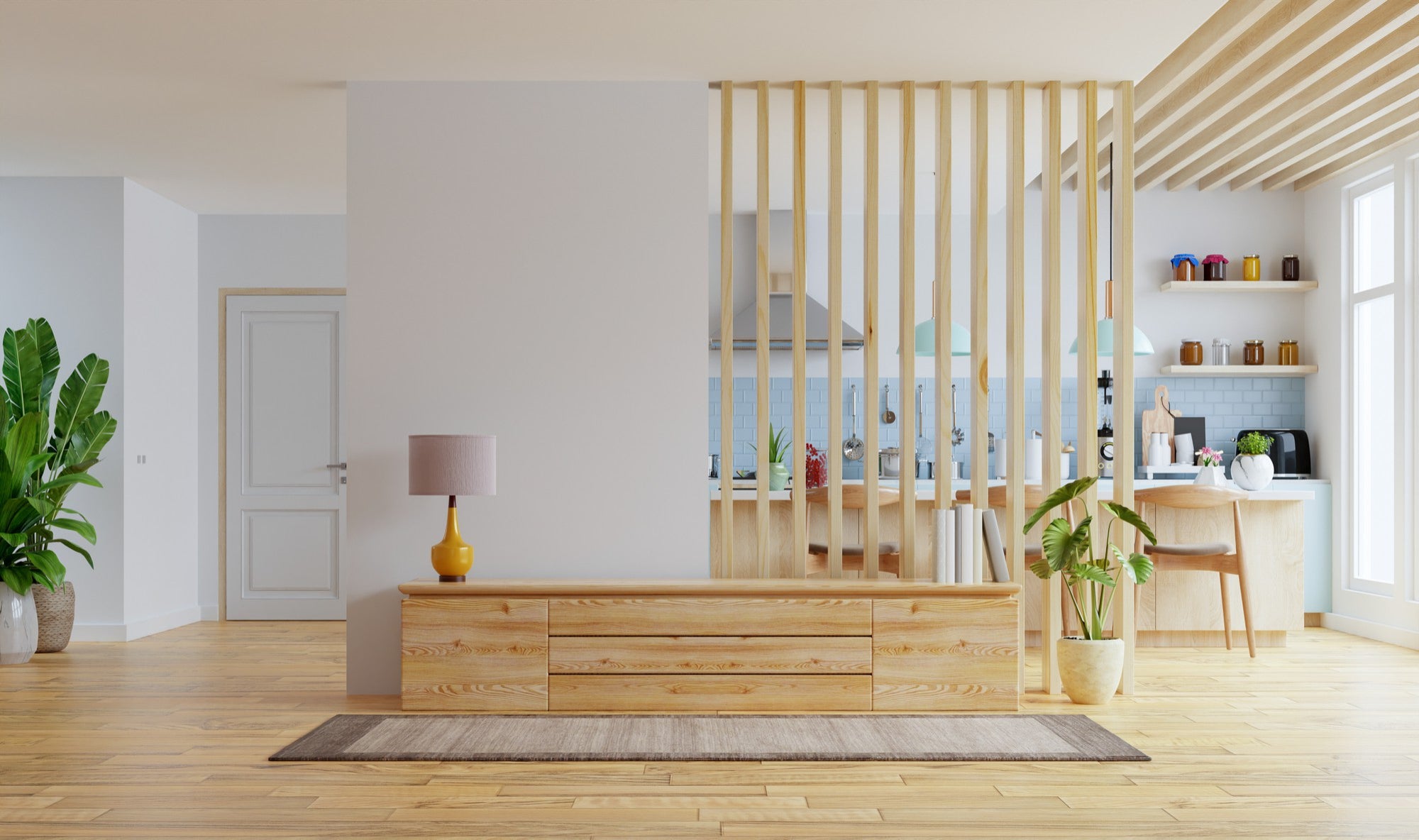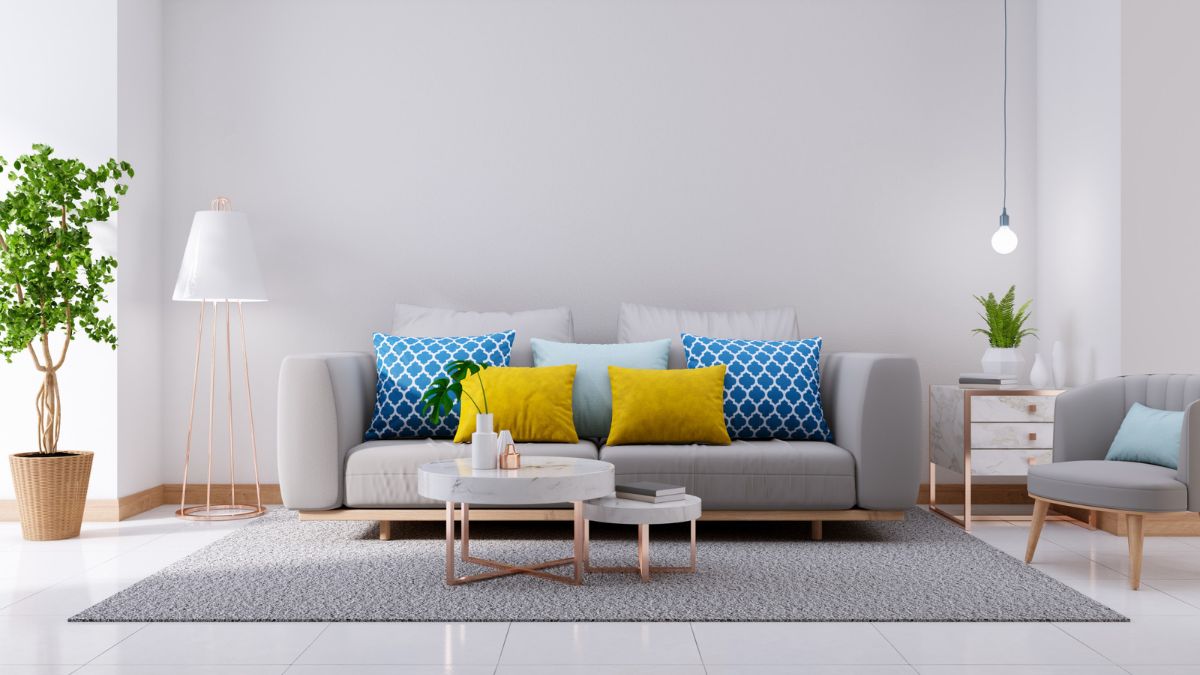Many parents believe that a night light is one of the essential items every baby's room should have. After all, a well-placed night light can reduce the fumbling usually associated with diaper changes and middle-of-the-night feedings.
But is a night light a distraction for your baby? Do you really need one? What type of night light should you buy?
Read on to learn the dos and don'ts of using a baby night light, and don't forget to also visit our article on the 10 best night lights for kids !

Dos and Don'ts of a Baby Night Light
-
Place the lamp near areas of the room that you will use at night, but don't place it too close to your child's sleeping area.
-
Make sure the light is low power and dim enough so as not to disturb your child's sleep.
-
Don't use a night light that gives off a cold, blue light , but use a night light that gives off a warm, red, or yellow light.
-
Don't assume you or your baby will need a night light; you may not!
-
Try a night light as your baby gets older, if they suddenly develop nighttime fears or separation anxiety.
1) Place the night light near the areas you will be using, but do not place it too close to your child's sleeping area.
When your baby is young, the night light is actually more for you than for them; it can really make diaper changes and nighttime feedings easier .
So place the night light near areas of your baby's room that YOU will use, such as the changing table or glider. But be careful not to place it too close to your baby's sleeping area, as even a soft, dim light can be distracting for some babies and disrupt their sleep.
2) Make sure the light is low power and low intensity.
It probably goes without saying, but you don't want your night light to be too bright! Most night lights have a power output of 4 to 7 watts .
Also make sure that the lamp itself is shaded and diffused, so that your baby is not disturbed by glaring light.
3) Do not use a blue-toned lamp, but use a warm, red or yellow-toned lamp.
Fun fact: Did you know that blue light is bad for sleep? It's true! Blue light interferes with the production of melatonin, a natural hormone that promotes sleep.
This is one of the main reasons why we never recommend putting a TV in your child's bedroom , and why many experts advise children to stop spending time in front of a screen a few hours before bed.
So avoid blue night lights and instead opt for night lights that diffuse a warm, red or yellow light.
4) Don't assume that you and your baby need a night light.
It's interesting - many parents assume that a night light is necessary, but that's not always the case. For one thing, some babies are really distracted by night lights and have trouble falling asleep in a room where there is light (the baby's temperament has a lot to do with this).
Additionally, if the light turns on and off by itself (when it detects daylight, for example, or when it detects movement), this can be doubly annoying for your child.
Many parents have told us that they can leave the nursery door ajar and use the hallway light to change diapers and feed the child .
5) TRY using a night light as your baby gets older, especially if they develop nighttime fears.
You may find that you can do without a night light at first, but as your baby grows, a night light may become useful.
Some parents find, for example, that their children become anxious about being left alone in the dark as they get older; this is likely a combination of natural nighttime fears and some separation anxiety .
A night light can be very helpful in such cases; it can provide some comfort and reassurance in the middle of the night.
Nighttime fears can also become a real problem during the toddler years, so even if you manage without a night light for a while, don't hesitate to try one if your two-year-old suddenly becomes afraid of the dark.






Leave a comment
This site is protected by hCaptcha and the hCaptcha Privacy Policy and Terms of Service apply.